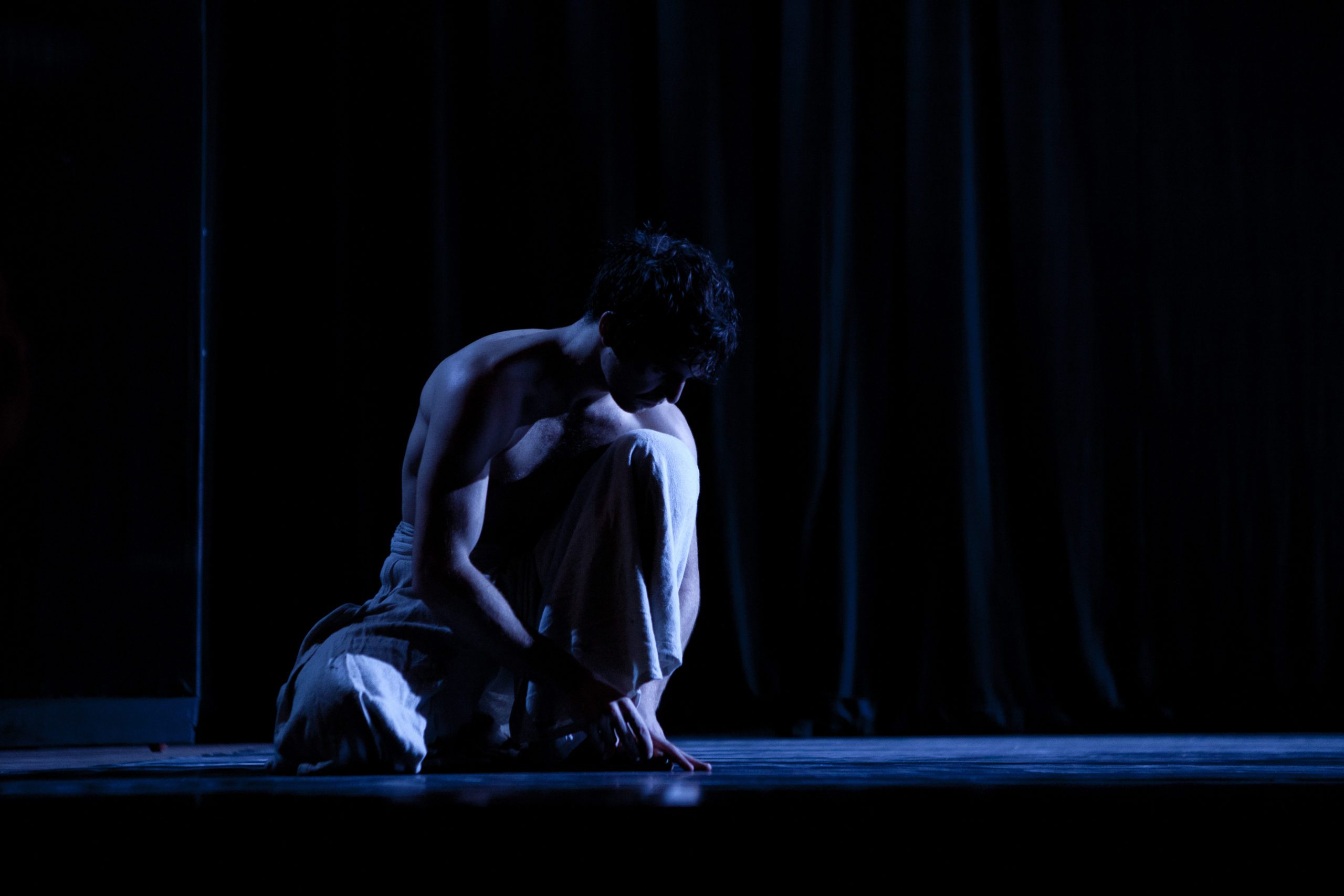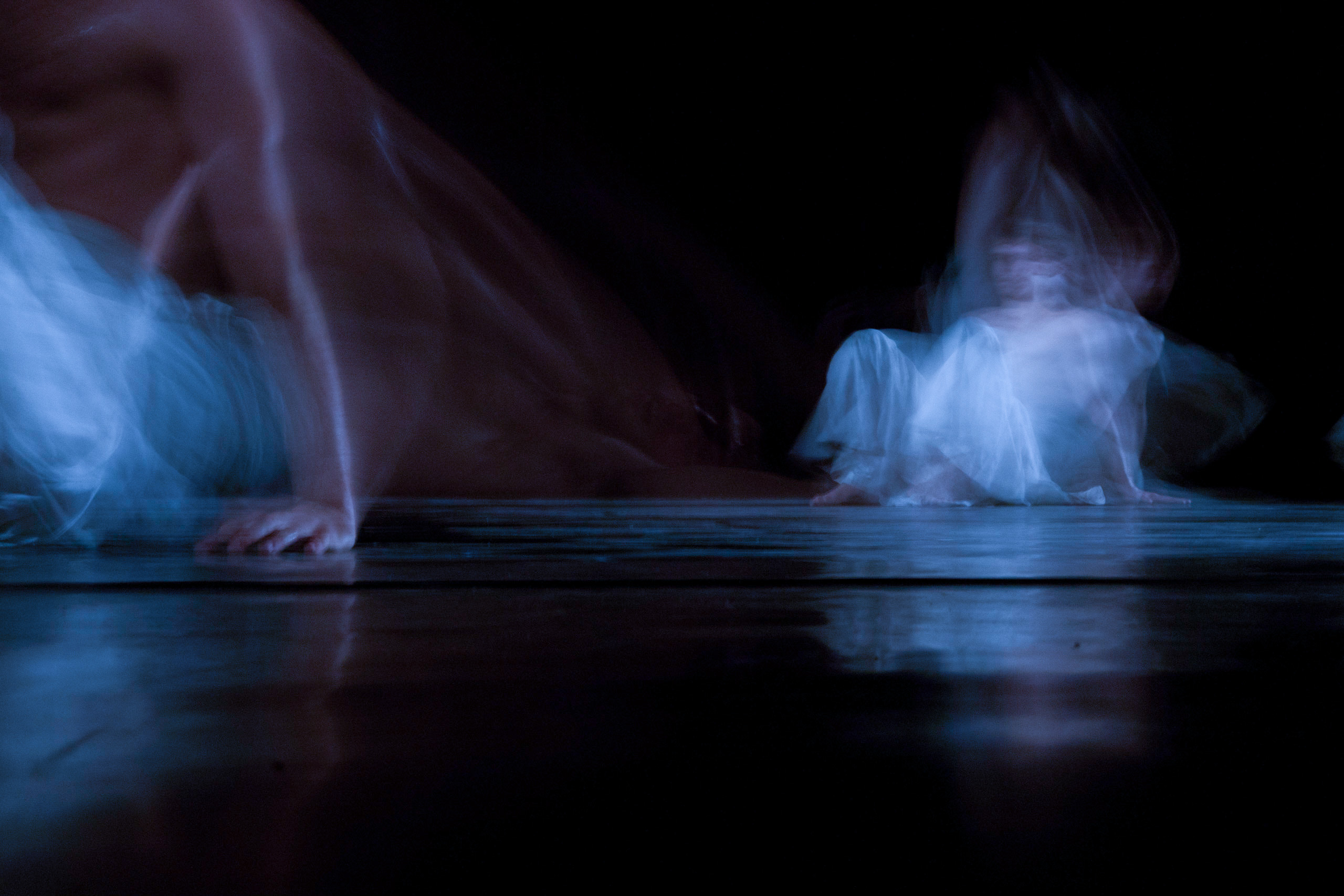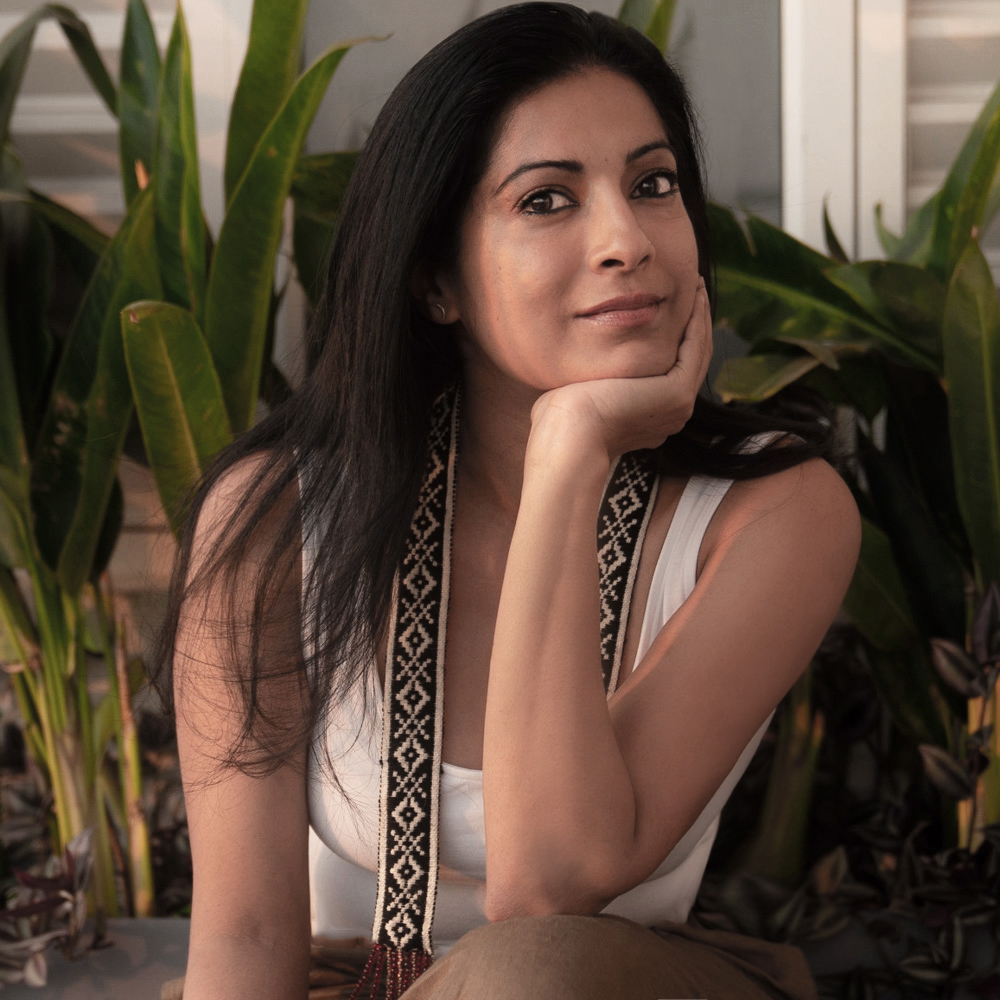Theatre Practice in the Pandemic
I remember writing a piece for a magazine that commissioned artists from around the world to contribute their “perspectives on a crisis” in April 2020. We were all in shock from the previous weeks’ unfolding. In India, as well as in other places, we were also seeing the sad dissolution of mass protest spaces from truly significant moments in public life.
When I thought about live performance in relation to the pandemic, there was a kind of foreboding, but also a fair bit of hope — for meaningful things to be drawn out of the coming time. It meant articulating something unprecedented. I remember saying then that it was too soon for me to decide how I would transition to “online theatre” or what my thoughts on cancelled shows and the “future of performance” were. It felt too early and too brutal to abandon the promise of what one had spent more than a decade and a half doing.

And it was brutal. Over the months, apart from the loss of live performance, there was also a loss of faith. Suddenly, the performing arts community was dispensable. While there were certainly more immediate concerns like health and groceries and unemployment, as 2020 rolled on, it was quite clear: the big fissures of the contemporary performing arts landscape in the country had now become a gaping abyss. We never depended on state funding (there is little to none) in any case; much of this economy is independently run. And now it had to be independently saved. Sure, some festivals and organizations put out commissions for digital work. Yes dancers were teaching classes online, several people (including myself) conceived of Zoom performances, and pedagogy was also adapting to this new way of existing. But if I’m being very honest, something fundamental had broken. I know it did for me. It was the idea (or the illusion), that if and when a crisis came, care would also come.
It would not.
Institutions and theatres convened meetings and brainstorm sessions. They supported a few artists and new works, but this didn’t reach a wider community. (To be fair, they were also trying to stay afloat). Their support came with the same caveats as before. There seemed to be little understanding of what, let’s say, a young graduate of a drama school who had just moved to a new city might need at a time like this. The people who spun into gear were the members of smaller communities, mobilizing resources from their circles of influence. “There is a young dancer who needs support for ration supplies — let’s make a few calls and get some pledges. There is a lighting designer who is now making lunch boxes as a way to earn a living — let’s order from him and spread the word.” The people we depended on earlier were the people we would continue depending on. If we were looking for cover under a common shelter, that simply didn’t exist.
The empty theatre was a euphemism now. To me, it represented more than just bare seats and the absence of gathering — it was a kind of heartbreak.
****
It has taken me sometime to realize this heartbreak and sense of despair was real. We’re still reeling from it, even if we don’t talk about it. Apart from shows we’ve closed, and tours and opportunities we resigned to the loss of, the sense that we were working within an extremely fraught system came to the forefront. Many of my contemporaries are able to slowly articulate this to each other now.
I know that this time has certainly taken a toll on my creativity and body. After being in therapy and working through several aspects of both my professional and personal life (sometimes the lines between the two were very blurry), I’m reconsidering how I make theatre.

Think of this as a small glimpse from my personal manifesto on performance-making.
– Making theatre is what I do, not who I am. This distinction helps me think of myself as a person outside the arts, and my sense of self does not entirely depend on how “well” my shows are doing, or the work I’m creating / getting.
– I want to work from a place of abundance, not scarcity. While this might be in opposition to the fact of the Indian contemporary performing arts economy, it’s still the mindset I want to operate with. It gives me agency. It allows me to work from a joyous space.
– I will say “No” to projects that don’t remunerate me enough, or don’t excite me, just because it is work to do.
– I will not work when I am exhausted.
– I will not glorify the hustle. Especially to younger people seeking advice on how to navigate being an independent theatre-maker.
– I will consciously learn to develop skills outside theatre and performance. Perhaps learn to work more with my hands as well. Apart from an additional source of income, this will give me new impulses and curiosities.
– I will distance myself from institutions that have conveniently and constantly underpaid and undervalued their community of artists. There is much we can do independently. In fact, we always have.
Three years into the pandemic, I think we are still grappling with questions about systems of support even as we go back to theatre spaces and audiences are able to gather. I am unsure at this point whether we have been able to rewire, reset and reimagine as we need to. This is a long process. I hope that for a lot of us these questions are not just questions that emerged in the pandemic and then fizzled out, but are things we can really think about as we go on. Even if it is as small as creating care in rehearsal rooms (which we saw in some spaces after Me Too happened) with more awareness and provisions for safety (even if not legal ones) for protecting the people we work with in the face of a lack of systemic protection. Personally, I want to take more time and allow these questions to reflect within the work I create.


